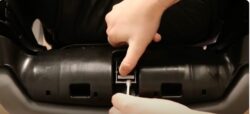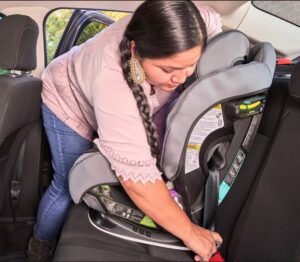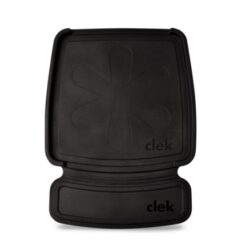In August, Baby Safety Alliance (BSA) announced it has expanded its product verification program to include CRs for the first time. Although recently renamed Baby Safety Alliance Verified, the program has operated for nearly 50 years under its former Juvenile Products Manufacturers Association name.
Read More from “What’s That Sticker? BSA Adds CRs to Longstanding Verification Program”What’s That Sticker? BSA Adds CRs to Longstanding Verification Program
From now on, don’t be surprised to see this new sticker on some CRs




